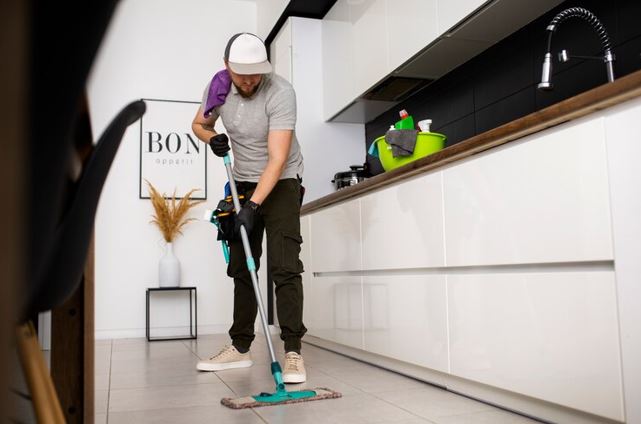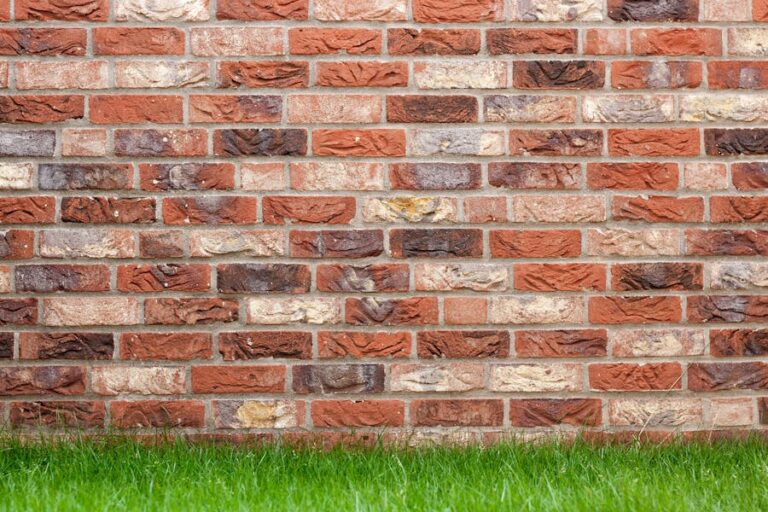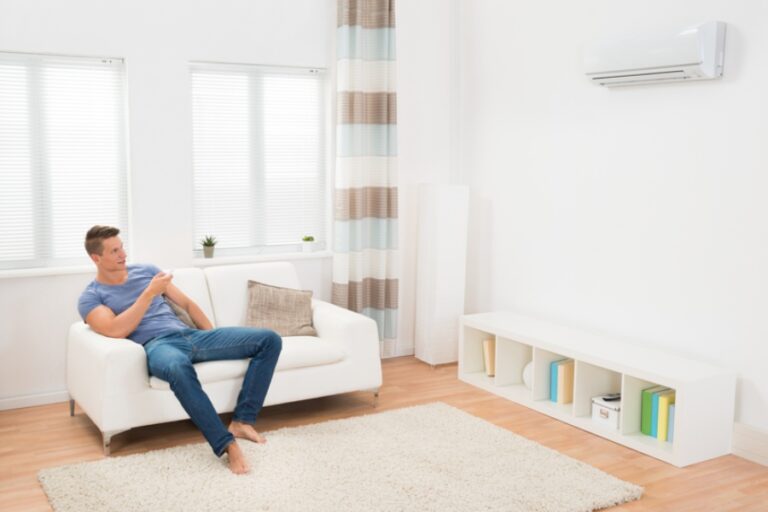Understanding the Science of Water Damage: What You Need to Know
The Hidden Dangers of Water Intrusion
Water damage often presents itself in overt and subtle ways, but its implications extend far beyond what is immediately visible.
The hidden dangers of water intrusion can manifest within the structural integrity of a building, affecting everything from wooden beams to the drywall.
The presence of excess moisture creates a breeding ground for mold and mildew, which thrive in damp environments. These fungi can proliferate rapidly, releasing spores that can trigger serious health issues including allergies, respiratory complications, and skin irritation.
Moreover, water intrusion can compromise the safety of a property by weakening foundational elements. When water seeps into the subflooring or penetrates retaining walls, it can lead to significant structural problems, including potential collapse.
Additionally, certain kinds of water damage can prompt electrical hazards, risking live wires and increasing the likelihood of fires. Thus, understanding these hidden threats is crucial for homeowners.
Early detection and timely intervention not only protect the aesthetic and functional aspects of a home but also safeguard the health and safety of its inhabitants.
How Water Affects Your Property: A Closer Look
The effects of water on property are diverse and can be devastating if not handled promptly. Initially, the visual signs might include discoloration, warping of floors, and bubbling paint or wallpaper; however, the underlying damage can be much more severe.
Water has the ability to infiltrate porous materials, weakening bricks, wood, and plaster. For instance, wood framing can swell, crack, or rot, leaving a home susceptible to further damage and decay.
Electrical systems are particularly vulnerable during water damage incidents. Moisture can cause short circuits or corrosion in wiring, potentially leading to electrical fires.
Plumbing fixtures and appliances may also be impacted; particularly in cases of flooding, significant damage can occur not just to the fixtures themselves, but to the operating systems behind them.
Overall, the impact of water is multi-faceted, demanding a comprehensive understanding and thorough restoration efforts to ensure property stability and safety.
The Lifespan of Water Damage: Why Timing is Crucial
The lifespan of water damage elucidates the pressing need for swift action in the event of a leak or flooding. Water can begin fostering mold growth within 24 to 48 hours following an incident, making delayed responses significantly harmful.
Whether it’s a small leak or a major flood, moisture can permeate building materials in mere minutes, leading to extensive and costly damage if left unaddressed.
Within the first week, the compromised materials can weaken to the point of requiring replacement. Beyond the material degradation, prolonged exposure to moisture can introduce serious health hazards due to mold proliferation.
Additionally, the efficiency of the restoration process diminishes over time; initial cleanup and repairs tend to be less invasive and often more cost-effective than extended remediation.
This underscores the importance of addressing water damage as soon as it is detected. Homeowners can mitigate the repercussions through immediate, informed responses: contacting professionals for assessment, initiating water extraction, and monitoring humidity levels in affected areas.
Ultimately, prompt action is not merely advisable—it’s essential for preserving both the integrity of your property and the well-being of its occupants.
Spotting the Signs: Is Your Home at Risk?
Top Indicators of Water Damage You Can’t Ignore
Recognizing the signs of water damage is the first step toward effective restoration. Homeowners should remain vigilant for a variety of indicators that signal potential issues.
Stains on ceilings or walls are often among the most noticeable signs, indicative of leaks from plumbing, roofs, or windows.
Additionally, the presence of musty odors, often referred to as an “earthy smell”, can suggest mold growth or water accumulation within the walls or floors.
Another common symptom includes increased humidity levels in specific areas of a home, discernible by feeling dampness in the air or excessive condensation on windows.
If you notice warped flooring, bubbling paint, or peeling wallpaper, these are critical signs that water has compromised the structural materials.
Lastly, unexpected increases in utility bills may indicate potential hidden leaks somewhere in the plumbing system that require immediate investigation. Recognizing and responding to these indicators swiftly can help mitigate extensive damage and preserve the integrity of your home.
Inspecting Common Problem Areas: Where to Look
Identifying areas most susceptible to water damage is crucial for homeowners looking to safeguard their properties.
Often, below-grade levels such as basements and crawl spaces are the first to suffer from moisture issues due to their proximity to groundwater and lack of ventilation.
Similarly, plumbing fixtures and supply lines—especially in areas prone to freezing—should be scrutinized. Look for signs around sinks, bathtubs, and toilets to catch potential leaks early.
Roofs, gutters, and downspouts are also susceptible to water intrusion, particularly after storms when debris may block drainage.
Inspecting roofing for missing shingles, worn-out flashing, or pooling water is essential. Windows and doors must be inspected for gaps or improperly sealed edges, as rainwater can seep in during storms.
Finally, exterior walls, especially those in shaded areas, can develop rot and mold if not adequately maintained and monitored. By conducting regular inspections of these problem areas, homeowners can identify potential issues before they escalate into extensive repairs.
The Role of Moisture Meters in Identifying Issues
Moisture meters are invaluable tools in the identification and assessment of water damage within your home.
Capable of detecting hidden moisture levels in various materials—be it wood, drywall, or concrete—these devices provide real-time data that can lead to informed restoration decisions.
By measuring the moisture content in materials, homeowners can accurately gauge the severity of water intrusion, distinguishing between normal levels and those that indicate damage.
Using moisture meters, professionals can pinpoint the source of leaks and assess the extent of damage, which is vital for formulating a comprehensive restoration plan.
Moreover, these readings can help in determining when materials are dry enough to proceed with repairs, ensuring that mold remediation efforts are successful.
The importance of employing a moisture meter cannot be overstated—when integrated into regular home inspections, it serves as a proactive measure to manage and mitigate potential water damage issues effectively.
The Restoration Process: From Chaos to Calm
Step-by-Step Water Damage Restoration Procedures
The process of restoring a property from water damage involves several crucial steps, all aimed at returning a home to its pre-damage condition.
First, it’s critical to ensure safety; turning off electricity and assessing for structural instability should be a priority.
Next, emergency services should be contacted to initiate water extraction. Using industrial pumps and vacuums, professionals can remove standing water quickly to prevent further damage.
Once the bulk of the water is removed, the drying process begins. Air movers and dehumidifiers are essential tools in this phase, rapidly reducing humidity and promoting evaporation from affected materials.
Simultaneously, professionals will assess and document damage, not just for insurance purposes, but to develop a detailed restoration plan tailored to the specific needs of the property.
The subsequent steps involve cleanup—removing debris, contaminated items, and poorly damaged materials. Following cleanup, repairs commence, during which damaged structural elements are replaced or reinforced.
Finally, the restoration concludes with cleaning and sanitizing the space, often using specialized equipment and products to eliminate any lingering hazards, such as mold spores or bacteria. Each phase of water damage restoration in Cape Cod is integral to ensuring a safe, healthy, and livable home environment.
Choosing the Right Equipment for Effective Cleanup
Effective water damage cleanup hinges significantly on the equipment utilized throughout the restoration process. Professional-grade tools—from industrial-strength pumps to advanced dehumidifiers—are vital for maximizing efficiency and efficacy.
High-capacity water extractors can eliminate standing water quickly, mitigating further damage while maintaining safety standards.
Air movers are indispensable for enhancing air circulation and expediting the drying process. These powerful fans deliver concentrated airflow to targeted areas, evaporating moisture trapped within materials.
Dehumidifiers play a complementary role by removing excess humidity from the air, optimizing the environment for drying and preventing secondary mold growth.
Thermal imaging cameras and moisture detectors provide additional layers of aid in examining materials and identifying hidden reservoirs of moisture.
Together, this suite of equipment allows professionals to execute an organized, thorough restoration job while ensuring that all areas of damage, both visible and concealed, are addressed efficiently.
In a process where timing is crucial, the right tools can significantly influence the outcome and longevity of the restoration effort.
The Importance of Professional Expertise in Restoration
Engaging professional restoration services is pivotal in the aftermath of water damage. Expertise culminates in a thorough understanding of the complex interplay between various restoration techniques and how to best apply them based on the unique circumstances of each situation.
Trained professionals not only possess the necessary skills but also stay updated on the latest industry standards, practices, and technologies, ensuring the most effective response to water damage.
Moreover, professionals can navigate the complexities surrounding insurance claims, alleviating the stress often associated with recovery processes.
Their experience allows them to document damages meticulously and provide requisite details that facilitate quicker claims. Beyond addressing immediate water damage, they can also identify potential future vulnerabilities—a preventative measure that can save homeowners from going through similar incidents down the line.
Ultimately, the value of professional expertise lies not just in restoring what was lost, but in creating a better foundation for the future safety and resilience of your home.
Your Post-Restoration Plan: Ensuring Long-Term Health for Your Home
Preventive Measures: How to Safeguard Your Space
Post-restoration, implementing preventive measures is vital to ensuring the long-term health of your home. Regular inspections for potential vulnerabilities are crucial to catching problems before they escalate.
This includes monitoring plumbing fixtures for wear, checking roofs for damage after storms, and assessing the grading and drainage around the property.
Additionally, investing in quality materials for repairs can safeguard against future water damage. For example, using waterproof paints or sealants in high-moisture areas like bathrooms can protect walls from future water intrusion.
Installing sump pumps in basements and ensuring that gutters and downspouts are clean and properly positioned can also help mitigate risks. Regular maintenance, including timely pump repairs, ensures these systems function optimally, protecting your home from water damage and minimizing the risk of costly future repairs.
Regular maintenance routines, including removing debris that may block drainage pathways, are also important preventative measures.
Keeping an eye on humidity levels within the household and employing dehumidifiers as necessary can also help prevent mold growth and maintain a dry environment.
All these strategies collectively contribute to minimizing water damage risk and maintaining the integrity of your home.
Insurance Insights: Navigating Claims After Water Damage
Navigating insurance claims after experiencing water damage can often be a frustrating and complicated process.
Understanding your coverage beforehand is essential, as policies vary significantly from one provider to another.
Many homeowners assume that their standard homeowner’s insurance automatically covers all types of water damage; however, several exclusions may exist, particularly when it comes to flooding or negligence.
When filing a claim, documentation becomes paramount. Taking comprehensive photographs of all affected areas, receipts for repairs, and any communications related to the incident can bolster your claim’s validity.
Engaging with restoration professionals can also help; they can provide detailed reports outlining the damage and necessary repairs, strengthening your position with the insurance company.
Timeliness is also a key consideration—the sooner you report the damage, the better. Providers often adhere to strict timelines regarding notification and claims submission, and delays may jeopardize your coverage.
Overall, a proactive, informed approach to your insurance situation ensures you receive the assistance you need to recover effectively from water damage.
When to Consider Upgrades: Turning a Challenge into an Opportunity
Water damage can often serve as an unexpected catalyst for improvement and upgrading your home. After restoration, it may be wise to consider enhancements that not only address any current deficiencies but also bolster the long-term resilience and functionality of your property.
This can include upgrading waterproofing measures in basements, insulating plumbing to prevent freezing in winter months, and even modernizing HVAC systems to improve overall air circulation and humidity control.
Additionally, investing in durable materials such as water-resistant flooring and mold-resistant paints can greatly reduce risks associated with future water exposure.
Home automation technologies also provide opportunities for enhanced monitoring; smart water leak detectors can alert homeowners to potential issues before they escalate into significant problems.
Ultimately, an upgrade following water damage isn’t just a remedial decision; it is a proactive strategy that empowers homeowners to turn trials into opportunities—transforming their spaces into safer, more efficient, and aesthetically pleasing environments that stand the test of time.







